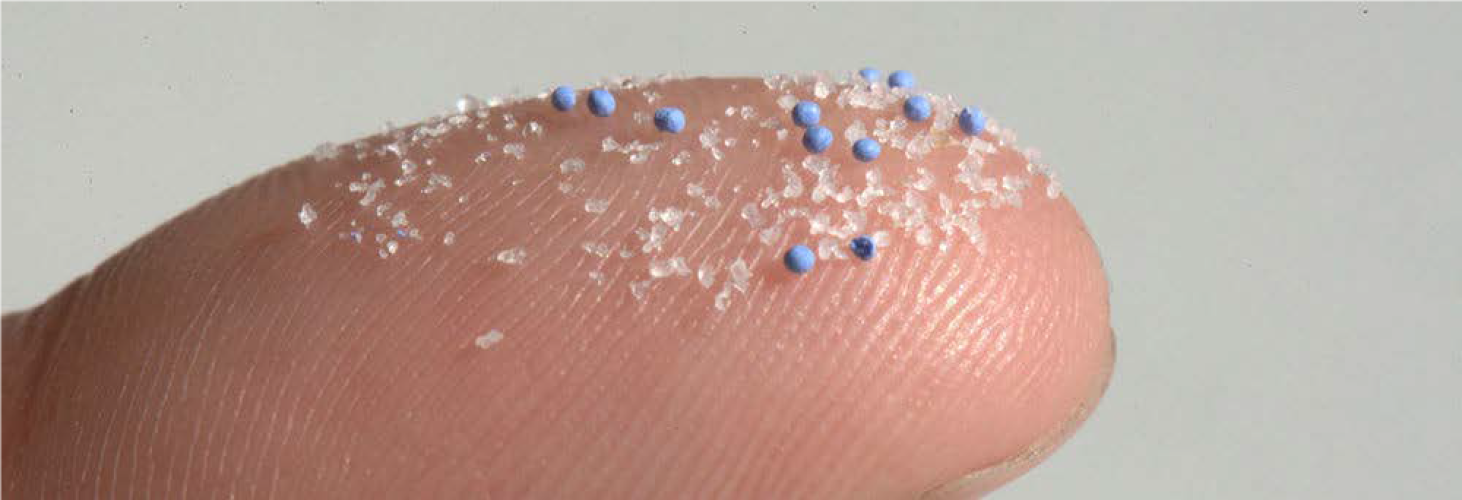News
13.03.2018 - Analytics

Cellulose instead of microplastics: Biodegradable alternative for cosmetics
Microplastics are still used in cosmetic care products, even though the harmful environmental effects are well known. Tiny microplastic particles, which are intended to serve as “gentle abrasives” in exfoliants and other skincare products, enter the sea through wastewater systems and eventually make their way into our food chain. In a research project, the Fraunhofer Institute for Microstructure of Materials and Systems IMWS, together with partners, tested materials that can replace microplastics in cosmetic products and are biodegradable. The focus: particles from cellulose.
Many cosmetic products like exfoliants or deodorants contain tiny plastic particles, known as microplastics, such as polyethylene (PE) and polypropylene (PP). As “gentle abrasives,” they remove dead skin cells through friction and stimulate blood circulation in the skin. Due to their chemical stability, as well as their color, odor, and tastelessness, they are also often used as stabilizers and fillers. Polyethylene and polypropylene are not biodegradable, and due to their small particle size of less than 5 millimeters, microplastics that enter the wastewater with cosmetics cannot be sufficiently removed in sewage treatment plants. Thus, they enter the environment and our waters. In the ocean, microplastic particles are ingested by living organisms, eventually making their way into our food chain. Many cosmetic manufacturers have therefore announced that they will dispense with the use of microplastics and instead use suitable alternatives in the future.
Our customer advisors are happy to assist if you have any questions.
Source: LaborPraxis-Newsletter, January 23, 2018
